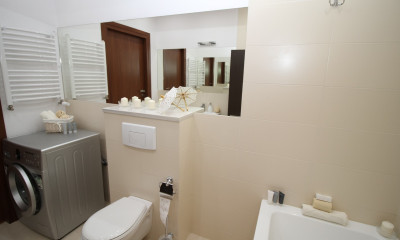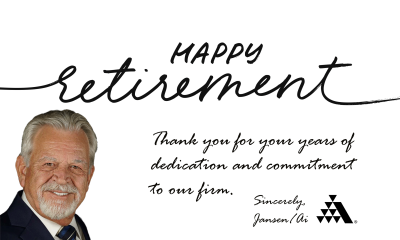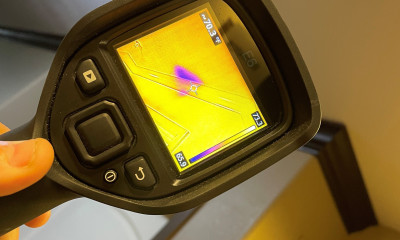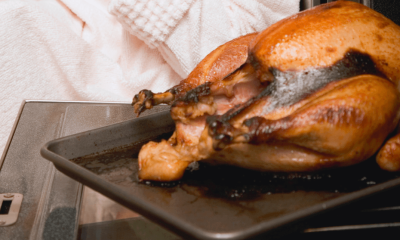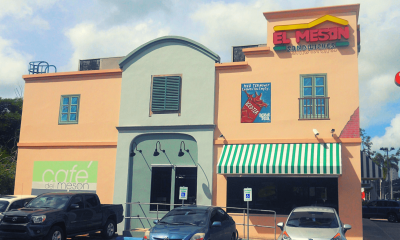High-End Jewelry & Homeowner's Insurance
Even amidst political concerns and a pandemic, retail experts forecast at least $25 billion in Valentine’s Day spending this year. If typical spending patterns hold, that means $6 billion will be spent on fine jewelry in 2021. With restaurant closures and social distancing orders in effect, we would not be surprised to see the usual dining and entertainment budgets spent on jewelry instead.
The final numbers are yet to be written, but diamond and gold jewelry sales might top $10 billion!
That's a ton of bling. And most of it won't be covered by a standard homeowner's insurance policy.
You read that right. Most homeowner's policies have low limits on jewelry for certain perils covered in the policy — just a few thousand dollars of coverage.
To be fully covered, high-value items like diamonds, luxury furs, and artwork need to be "scheduled" onto your homeowner's policy by your agent, and you will pay more for the additional insurance.
Today, the Jansen/Adjusters International team is here to explain insurance coverage and claims issues involving fine jewelry, particularly valuations on diamonds, gold, and luxury gems.
Now, let's think about jewelry valuations.
Jewelry Appraisals & Certificates: Insurers Trust the Gemological Institute of America (GIA)
The retail markup on fine jewelry is massive. Precise numbers are hard to qualify, but we can guess diamonds and gold are marked up substantially. Historically, fine jewelry is an emotional purchase, so that thorough price shopping is not the norm. Although gold prices have high fluctuations, it is not uncommon to see the purchase price being higher than the appraised value.
- A diamond ring that retails for $10,000 might only be worth $2,000 when appraised.
- The receipts from the jewelry store will not be evidence of the items’ value to an insurer.
- Most insurers will only insure fine diamonds and gems with formal certificates from the Gemological Institute of America(GIA).
There are other organizations providing valuations, but they may not be acceptable to your insurer so you should check with them before having the appraisal done. Plainly put, when it comes to certifying your fine gems for insurance you should be very careful who does it for you.
Sending Out Gems to GIA
If your family jeweler is reluctant to help you get a formal appraisal for an expensive piece, you can get it done yourself. GIA charges about $500/piece to grade diamonds or gems directly for a consumer. Jewelers who are GIA graduates, though, can get it done much cheaper.
You'll need to ship your gem to GIA — so be sure to insure the package with the shipping company against loss or damage. It would be a real disappointment to lose a family heirloom!
Sometimes Jewelry Valuations Are Not What You Expect.
Jewelry scams are one of the oldest in human history. Grandma’s decades-old fake might be sitting in your jewelry box as we speak.
If you buy a fake gem, a lab-created simulant, or an authentic gem of far lower grade than you thought you were buying, there is not much recourse (purchases made using PayPal or credit cards might provide protection for fraudulent purchases). A reputable jeweler should offer you a full refund if the purchase was recent.
If you ever find yourself in that position, you are not alone — after all, the legendary Black Prince's Ruby, the "blood-red souvenir of conquest" that adorns England's crown isn't even a ruby. It's a spinel.
Remember, most insurance policies and claims can be complicated. As always, if you're dissatisfied with a homeowner's insurance claim in Texas and some other states, you have the right to work with a public insurance adjuster. Contact us if you need help getting the claim settlement you deserve.


